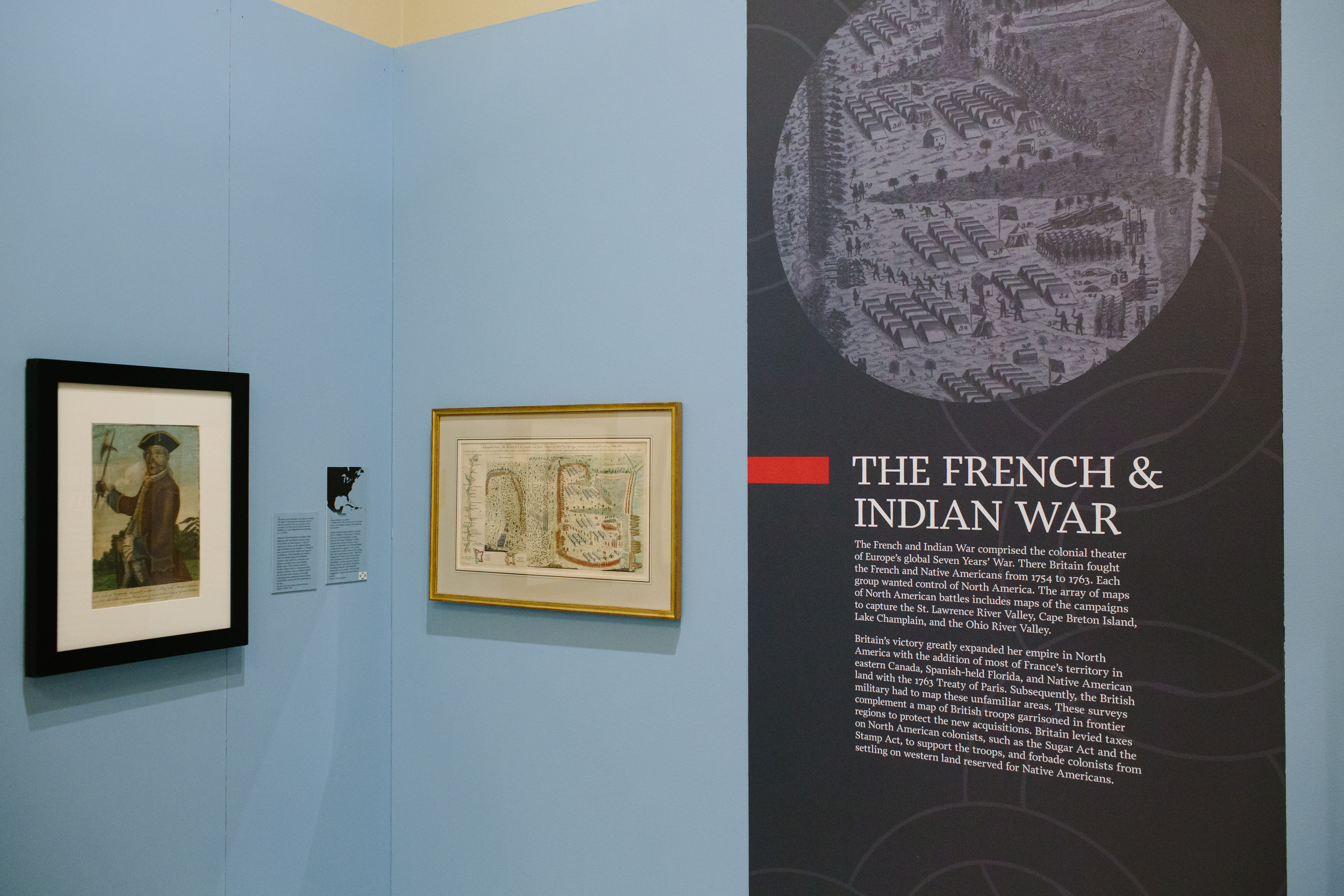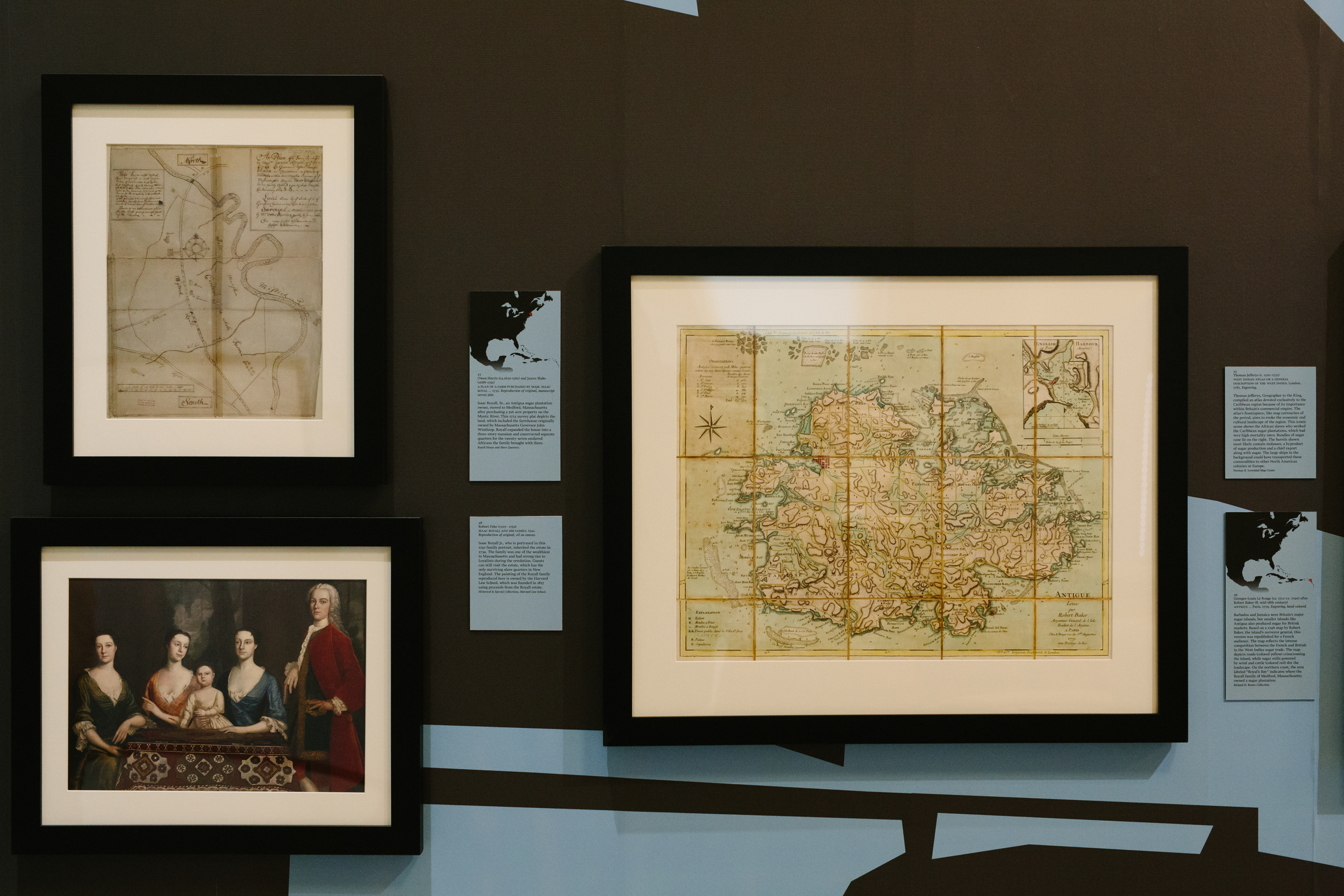Photo by Kelly Benvenuto Photography
Exhibitions
Curator, Truth Be Told: Stories of Black Women’s Fight for the Vote Digital exhibition here, Summer 2020
Melinda Gates’ organizations Pivotal Ventures and Evoke
Curator, Seeing Citizens: Picturing American Women’s Fight for the Vote
Digital exhibition here, Summer 2020
Harvard University’s Schlesinger Library on the History of Women in America
Assistant Curator, America Transformed: Mapping the Nineteenth Century
Part one open from May through November 2019, part two open from November 2019 through May 2020, digital exhibition here
Norman B. Leventhal Map Center, Boston Public Library
Curator, Can She Do It? Massachusetts Debates a Woman’s Right to Vote On display from April through September 2019, digital exhibition here
Massachusetts Historical Society
Exhibition Research and Curatorial Assistant, We Are One: Mapping America’s Road from Revolution to Independence
On display in 2015, exhibition traveled to Colonial Williamsburg and the New-York Historical Society in 2016 and 2017, digital exhibition here
Norman B. Leventhal Map Center, Boston Public Library

















